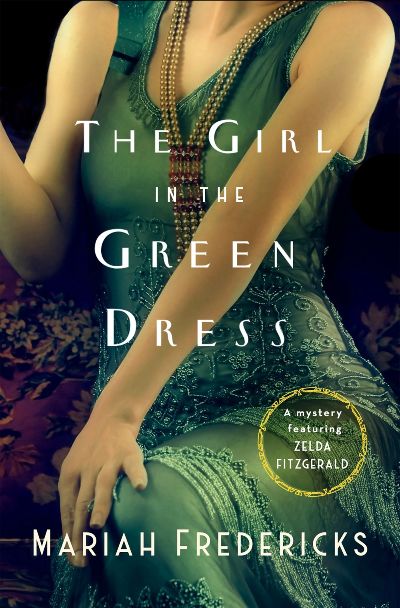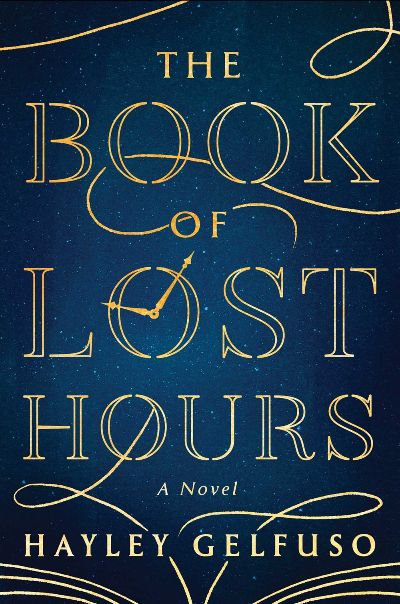As in her earlier novels (The Lindbergh Nanny, The Wharton Plot), Fredericks brings history to life through the eyes of a lesser mortal who is thrust into the world of the rich—and in this case, the notorious—and as in her previous works, succeeds brilliantly. Morris Markey is a New York Daily News journalist in the roaring twenties when he sees Joseph Elwell, a neighbor on the swanky side of their Manhattan street, escorted home by the mysterious woman of the book’s title, her dress resembling confetti made from money. He thinks little of it—the rich will be the rich, after all—until the next morning, when Elwell is found dead. Markey seeks help from a couple who know everyone and can get in anywhere: Scott and Zelda Fitzgerald, whose glamorous yet sad life is examined in emotional detail by Fredericks. Scott gets less limelight here than Zelda, whose desperation to be fascinating takes center stage and will engross readers. Authenticity shines from the page as the author provides tidbits from period journalism and other sources and recreates the forced frippery of the Fitzgeralds’ sometimes-mean bon mots. A real world is carefully created around the question of who the girl in the green dress is, whether she killed Elwell, and how far into the Fitzgeralds’ glitzy world a working man dares go. For a great pairing, try this alongside Avery Cunningham’s The Mayor of Maxwell Street.
General
In 1938, to hide her from the Nazis, a German watchmaker places his 11-year-old daughter in a library balanced between space and time, where the books on the shelves are memories, and promises to return. Lisavet grows up in this world between worlds, and as she grows, she becomes the leader of a movement to stop some of the timekeepers who browse the shelves from burning pages out of the books. In Boston in 1965, a young woman named Amelia is approached by the director of a highly secretive CIA program. Amelia has a watch that can access the library, and the director, Moira, wants her to find a particular book of memories. With no choice, Amelia begins her search, not realizing that success will destroy everything she loves. The story is elegantly poetic, with hints of romance and science fiction mixed with the thriller elements. The time references and how everything operates can be complicated, but it doesn’t matter because the characters and the writing carry the reader on a fantastic journey. What are memories? Can love transcend time? This tremendous debut from Gelfuso reminds us that we write in the book of memories every day of our lives.
In this marvelous locked-room puzzle, we’re treated to a masterclass in solving mysteries from the grand dames of the form: first-person narrator Dorothy Sayers (Lord Peter Wimsey mysteries) and fellow Queens Agatha Christie (Hercule Poirot et al), Baroness Emma Orczy (the Scarlet Pimpernel), Ngaio Marsh (Inspector Allen), and Margery Allingham (Albert Campion). As a way to be better accepted into the Detection Club, the members of which have expressed “a certain hesitancy…around having ‘an abundance of women’ in the ranks,” the women undertake the investigation of a real crime, the disappearance of a young English nurse while on a trip to France. Dorothy’s journalist husband has been assigned the story and his work gives her a reason to go to the crime scene, the other women secretly in tow–and they’re off. Meticulously following the nurse’s activities before she disappeared, as well as her life before, leads readers into a delicious look at writing conventions of the day as well as how women skirted the low expectations that sought to hold them back. Fans of the writers in question as well as of childhood favorites such as Enid Blyton’s Famous Five will enjoy the old-timey air of innocent sleuthing, while the women’s growing determination to do right by the young victim adds a satisfying air of kindness and steadfast morality. A delight from beginning to end.



